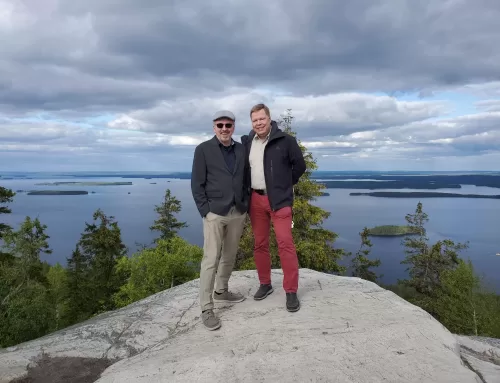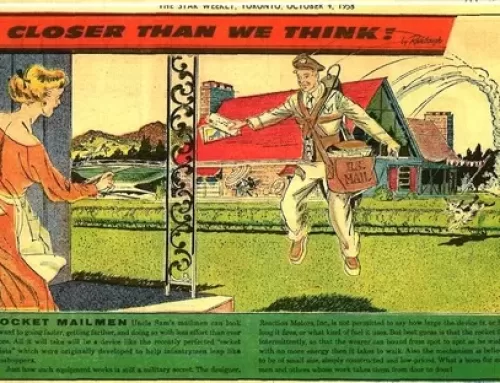Though seemingly a polar opposite, the topic of the future of cities and urban environments is quite germane to the conversation about the future of forests and forestry. Societies interaction with forest products, spaces, and the very construct of wilderness will change depending on how the future of urbanization comes to pass. One key uncertainty at play here is how urban centers coexist with the surrounding geography.
In their article entitled The 2050 City, Kiss, et al. develop a series of urban infrastructure models to explore how the North American cities of the future might evolve to exist. They outline two base land use areas, the Urban Core (the legal city limits where people live, work, play) and the Urban Infrastructure Area (the land area required to generate the inputs that enable the Urban Core — energy, consumables, food, water collection, etc.). In the present day arrangement the UIAs are widely dispersed and not necessarily adjacent to the populations they serve. They are also quite large in comparison; the New York City UIA of 2010 for instance is 52 times the size of its Urban Core.
Kiss et al. outline the plausible efficiencies, conservation, consumption behaviors, and shifts in agriculture that could drive down the land area requirements for new and growing Urban Cores. Their premise is based on these two areas being co-located to create highly self-sufficient, independent cities surrounded by wilderness.
The open question for Forest Futures is how the variety of managed land purposes exist as spaces in this scenario. Likely, portions of a zone of commercial forestry product use would overlap the Infrastructure Area. Zones designated for recreational, ecosystem conservation, and carbon sequestration might then be quite distant. Would green spaces within the Urban Core then act as surrogate spaces for engagement with nature? Might seamless high speed autonomous transportation make the distance irrelevant?





